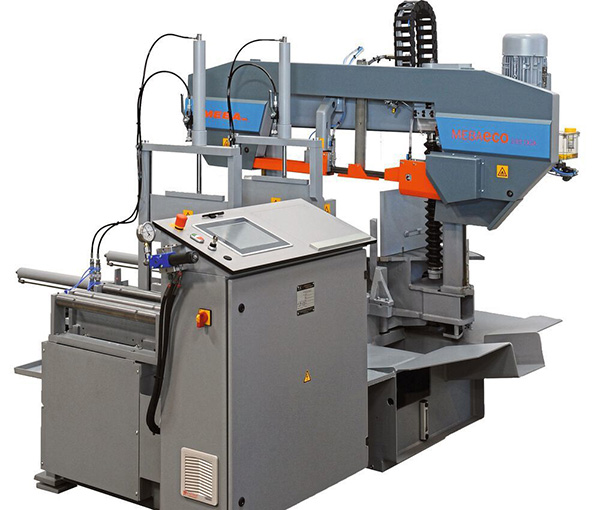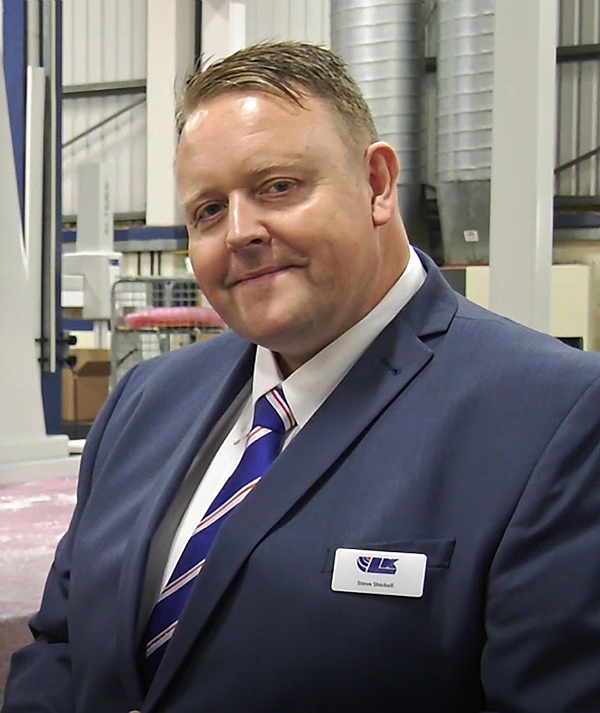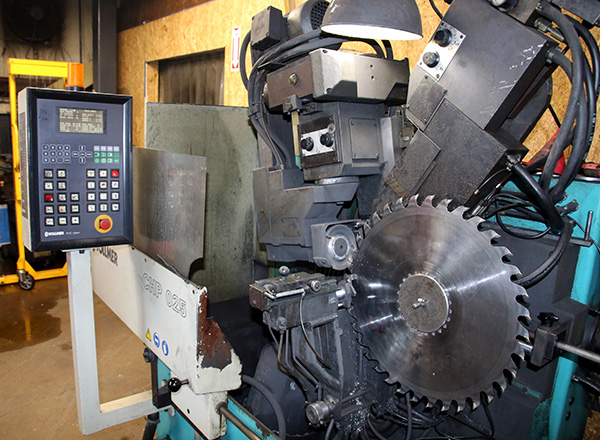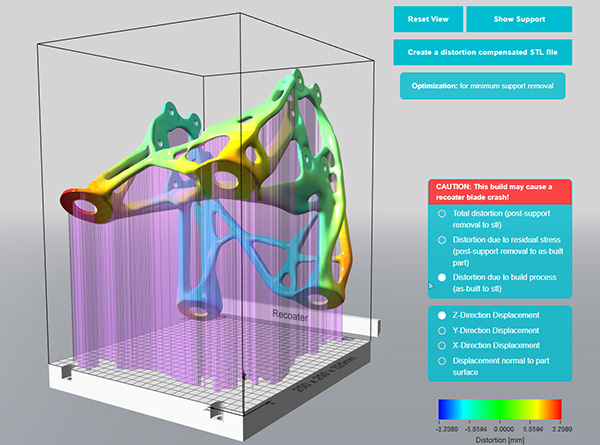At Blechexpo 2019 in Stuttgart earlier this month, MEBA shone the spotlight on its recently upgraded MEBAeco 335 DGA-600, which the company describes as the flagship of double-mitre technology.

MEBAeco metal bandsaw machines are based on a modular system that has been continuously developed. The system is the platform on which customers can assemble their individual machines, aligned to specific sawing targets. From a simple, semi-automatic straight-cutting machine, to a patented fully automatic double mitre saw, everything is said to be possible.
The MEBAeco 335 DGA-600 has features such as electric saw feed with ballscrew, or the patented double mitre system which ensures the right angled tension of the material.
Thanks to the frequency-controlled AC drive, the saw blade speed is infinitely variable from 15 to 150 m/min. The continuous use of recirculating ball bearing guides makes the MEBAeco automatic saws smooth, highly loadable, low maintenance and backlash-free. In addition, MEBA double-mitre bandsaws allow the processing of different angle and length combinations.
MEBAeco also makes no compromises when it comes to automation. For a completely automated sawing process, MEBAeco machines can be linked with material storage, as well as infeed and outfeed logistics. Automated production lines for steel structures can be implemented in conjunction with beam drilling rigs, sandblasting rigs, engraving equipment or welding robots.
Cross-linked sawing MEBAconnect solutions are used to good effect in the MEBAeco 335 DGA-600. This machine is equipped with a networkable, ergonomic panel control with various option packages. The packages enable the setting of sawing programs in work preparation, the import of sawing programs from CAD with DSTV interface and data export, or facilitate the extended MEBA Teleservice for remote maintenance.
For further information www.meba-saw.com






















